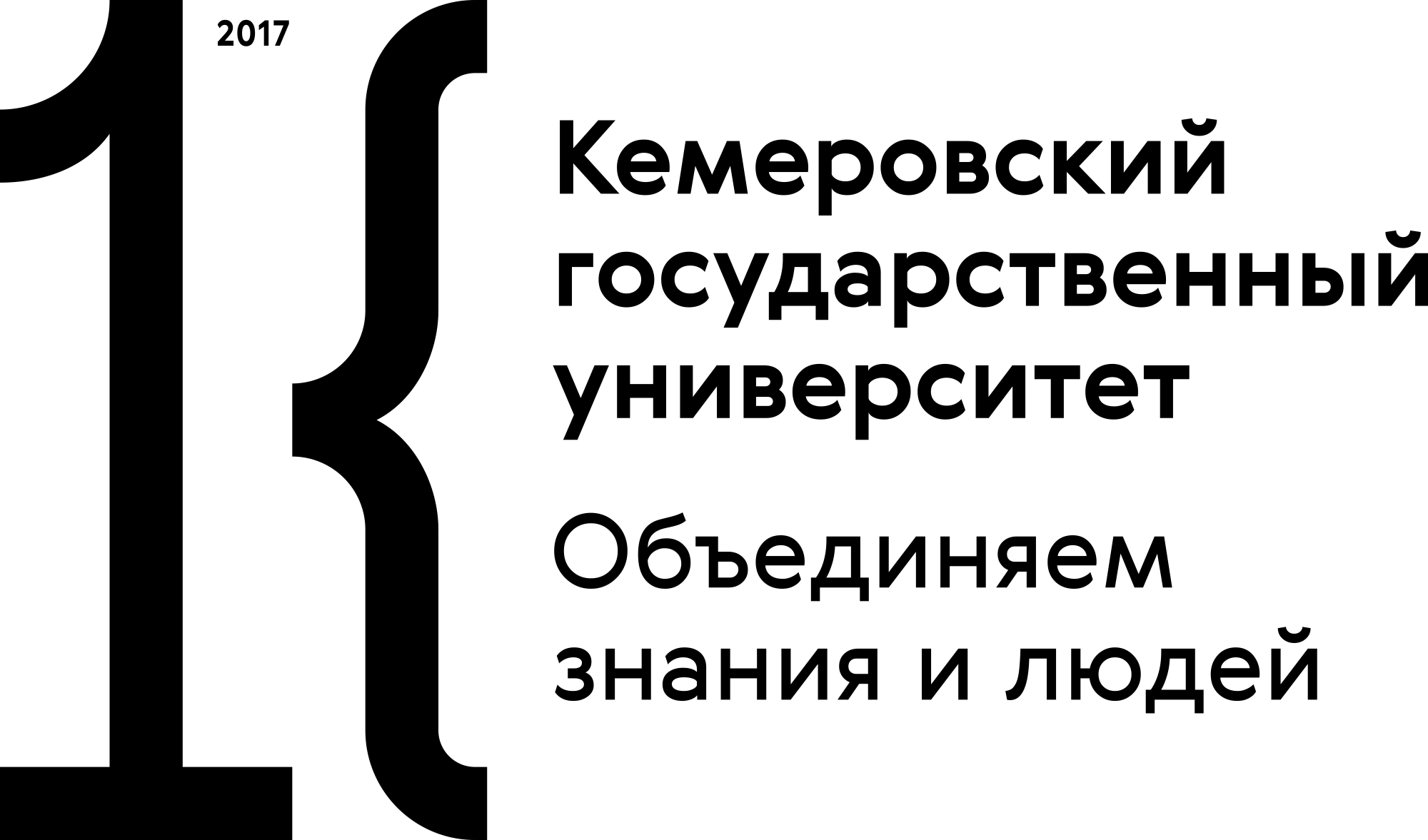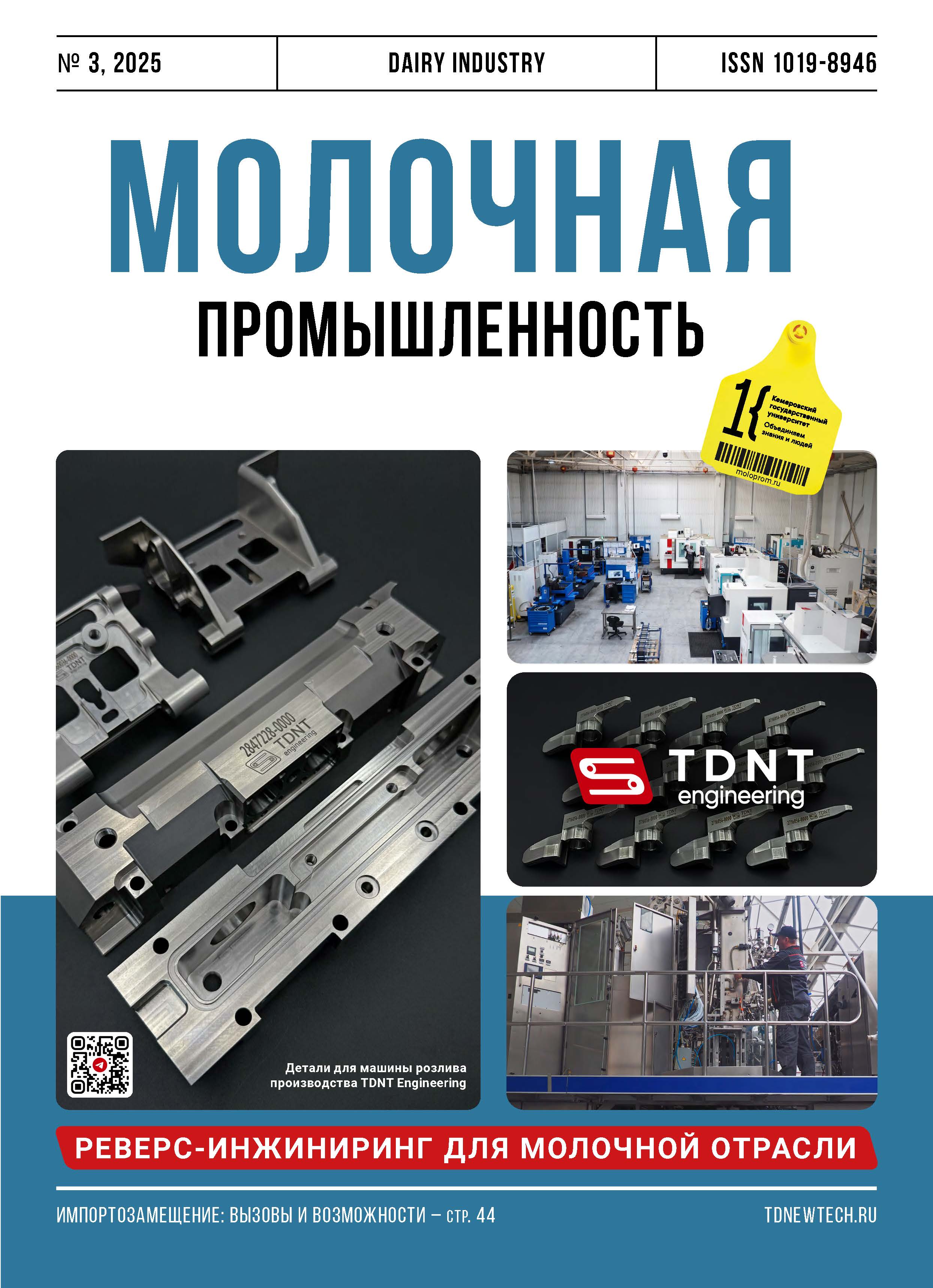from 01.01.2014 to 01.01.2023
Moscow, Russian Federation
Moscow, Russian Federation
Moscow, Russian Federation
Grittiness and mealiness are the most common defects of ice-cream structure. As a rule, they are caused by lactose crystallization and recrystallization. In ice-cream, lactose is an oversaturated solution, and its potential crystallization should be considered when replacing sugar with alternatives and substitutes. In this case, crystallization is likely to occur at –10 °C. The article describes the effect of sucrose, fructose, trehalose, glucose, and their compositions with other substitutes on lactose crystals in ice-cream. The methods of light microscopy, dynamic viscosity, and rheology made it possible to study lactose crystals in dynamics. In cross-section, a lactose crystal was an uneven rhombus in the presence of alternative sugars and a trapezoid at ≤5 % sugar content. In the concentrated model solutions of sucrose and a fructose+trehalose, lactose crystals were 4–12 μm smaller after 1 month of storage than in the samples with substitutes. Smaller crystals developed in the samples with fructose+trehalose+maltodextrin and with sucrose+maltitol+maltodextrin. The smallest crystals were observed in the sample with sucrose-maltitol+maltodextrin (≤ 5 μm) while the largest crystals (≤ 18 μm) developed in the sample without additional sugars. In the frozen whipped samples without stabilizers, the average lactose crystals grew as big as 71 μm after 3 months of storage with maltodextrin and 74 μm in the samples with sucrose+maltitol+maltodextrin. The smallest crystal size (41 μm) was found in the sample with 14 % fructose and trehalose. When sucrose was replaced with date-syrup fructose, glucose, or inulin, they triggered lactose crystallization, despite a major increase in viscosity (2.6 times). Sugars (sucrose and fructose+trehalose) in standard amounts inhibited lactose crystallization. When designing new ice-cream formulations, food engineers should keep it in mind that alternative natural sugars, e.g., date syrup, and other sucrose substitutes contain nutrients that may initiate lactose crystallization.
oversaturated solution, sucrose, fructose, trehalose, glucose, shape of lactose crystal
1. Nishinaga, T. Handbook of Crystal Growth: Fundamentals / T. Nishinaga. – Elsevier, 2015. – 1214 p.
2. Hagen, N. The rainbow beam experiment: Direct visualization of dipole scattering and optical rotatory dispersion / N. Hagen, T. Tadokoro // Proceedings of SPIE - The International Society for Optical Engineering. San Diego, CA, 2019. 111320E. https://doi.org/10.1117/12.2526479
3. Jawad, R. Crystallisation of freeze-dried sucrose in model mixtures that represent the amorphous sugar matrices present in confectionery / R. Jawad [et al.] // Food & function. 2018. Vol. 9(9). P. 4621–4634. https://doi.org/10.1039/C8FO00729B
4. Webb, B. The Manufacture of Low-Lactose Skim Milk for Use in Ice Cream / B. Webb, O. E. Williams // Journal of Dairy Science. 1934. Vol. 17. P. 103–114. https://doi.org/10.1039/C8FO00729B
5. Syed, Q. A. Effects of different ingredients on texture of ice cream / Q. A. Syed [et al.] // Journal of Nutritional Health & Food Engineering. 2018. Vol. 8(6). P. 422–435. https://doi.org/10.15406/jnhfe.2018.08.00305
6. Ademosun, A. O. Glycemic properties of soursop-based ice cream enriched with moringa leaf powder / A. O. Ademosun // Foods and Raw Materials. 2021. Vol. 9(2). P. 207–214. https://doi.org/10.21603/2308-4057-2021-2-207-214
7. Portnoy, M. Lactose: Use, measurement, and expression of results / M. Portnoy, D. M. Barbano // Journal of Dairy Science. 2021. Vol. 104 (7). P. 8314–8325. https://doi.org/10.3168/jds.2020-18706
8. Wong, S. Y. Crystallization in Lactose Refining-A Review / S. Y. Wong, R. W. Hartel // Journal of Food Science. 2014. Vol. 79(3). P. R257–R272. https://doi.org/10.1111/1750-3841.12349
9. Goulart, D. B. Principles of lactose crystallization and rheology of milk protein concentrate / D. B. Goulart // The Research, Society and Development. 2021. Vol. 10(15). e577101523028. https://doi.org/10.33448/rsd-v10i15.23028
10. Livney, Y. D. Influence of temperature on crystallization of lactose in ice-cream / Y. D. Livney, D. P. Donhowe, R. W. Hartel // International Journal of Food Science & Technology. 1995. Vol. 30(3). P. 311–320. https://doi.org/10.1111/j.1365-2621.1995.tb01380.x
11. Nickerson, T. A. Lactose Crystallization in Ice Cream. II. Factors affecting Rate and Quantity / T. A. Nickerson // Journal of Dairy Science. 1956. Vol. 39. P. 1342–1350. https://doi.org/10.3168/jds.S0022-0302(56)94858-5
12. Nickerson, T. A. Lactose Crystallization in Ice Cream. IV. Factors Responsible for Reduced Incidence of Sandiness / T. A. Nickerson // Journal of Dairy Science. 1962. Vol. 45. P. 354–359. https://doi.org/10.3168/jds.S0022-0302(56)94858-5
13. Trasi, N. S. Factors influencing crystal growth rates from undercooled liquids of pharmaceutical compounds / N. S. Trasi [et al.] // The journal of physical chemistry. B. 2014. Vol. 118(33). P. 9974–9982. https://doi.org/10.1021/jp504450h
14. Sha, Z. Purification by crystallization from solutions of various viscosities / Z. Sha [et al.] // Journal of Crystal Growth. 1999. Vol. 198. P. 692–696. https://doi.org/10.1016/S0022-0248(98)01025-2
15. Reznichenko, I. Yu. Potencial produktov pererabotki finikov kak biologicheski cennogo syr'ya v industrii pitaniya / I. Yu. Reznichenko, T. A. Miroshina // Vestnik KrasGAU. 2024. № 10(211). S. 180–191. https://doi.org/10.36718/1819-4036-2024-10-180-191
16. Akbari, M. The effect of inulin on the physicochemical properties and sensory attributes of low-fat ice cream / M. Akbari [et al.] // International Dairy Journal. 2016. Vol. 57. P. 52–55. https://doi.org/10.1016/j.idairyj.2016.02.040






